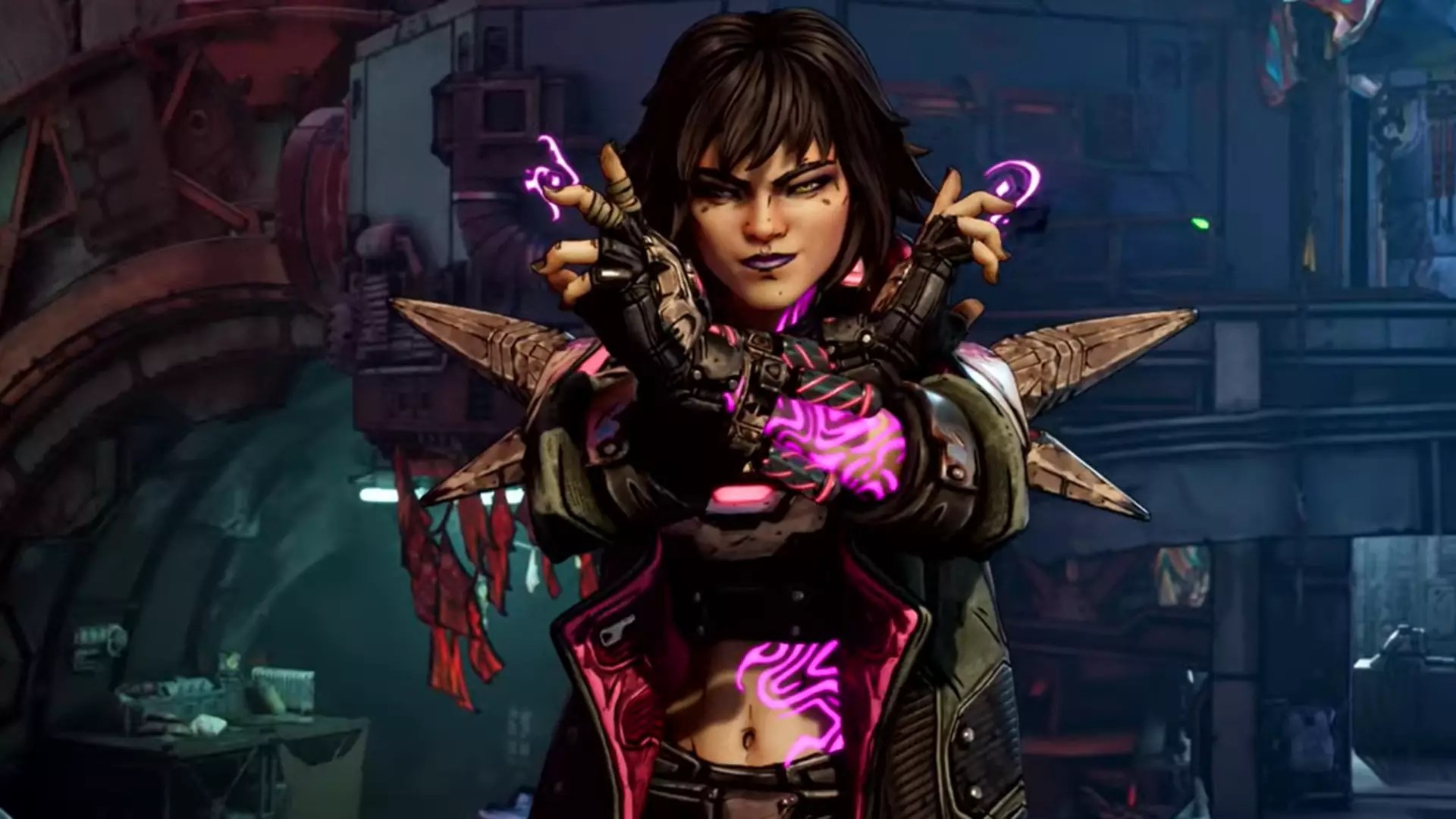As the gaming landscape continues to evolve, the question of game pricing has taken center stage, especially with the upcoming release of Borderlands 4. In a recent statement, Randy Pitchford, the chief voice behind the franchise, noted that the decision on whether the new installment would carry an $80 price tag is ultimately beyond his control. While it’s clear that he may have some influence in the development process, the final say rests with the publisher, Take-Two Interactive. This raises essential questions about the values we place on games and our expectations as consumers in a rapidly changing market.
With inflation affecting most sectors, the sticker shock of $80 isn’t merely a trivial detail for potential buyers who may feel squeezed by rising costs. While Pitchford insists that “real” fans will find a way to pay the price, this sentiment is laden with an undertone of elitism. It presumes an unwavering loyalty to the franchise that ignores the wider economic environment, where many gamers who once dropped money on new titles are reconsidering their budgets. The notion that fans should simply “find the money” is, frankly, tone-deaf.
Anecdotes and Economic Realities
To bolster his stance, Pitchford referenced his experience as a young man, reminiscing about purchasing Starflight for the Sega Genesis in 1991 at the price equivalent to nearly $190 today. This personal anecdote attempts to elicit nostalgia and camaraderie among long-term gamers, yet it fails to address how different the landscape has become. In the early ’90s, buying a game required a different financial commitment, especially for someone with minimal living expenses and family support.
Pitchford’s history is also worth scrutinizing; coming from a background where his father held a senior role within the technology sector afforded him various advantages unbeknownst to many prospective gamers today. This lens complicates his argument, as it suggests that not everyone shares the same financial wiggle room. Presenting his childhood story as a universal truth underestimates the intricacies of living in a post-pandemic economy marked by inflation, student debt, and wage stagnation. As such, suggesting that choice and financial commitment are solely matters of personal dedication comes across as simplistic and disconnected.
The Role of Gamers in the Pricing Debate
The reaction to Pitchford’s statements has been met with a mix of bewilderment and criticism on social media platforms—far from the heartwarming community call he seemed to envision. Gamers are not mere consumers waiting at the helm to shell out cash for a product; they are discerning individuals who weigh their purchases against their economic realities. Price hikes in video games not only demand critical reflection on value but also ignite discussions on fairness and accessibility within gaming culture.
In these discussions, value isn’t just about how much content a game delivers—it’s also about the relationship between cost and quality and how that evolves with consumer expectations. Ultimately, the context in which these games are priced needs to be transparent. Players want to understand the rationale behind pricing choices, especially from major franchises that impact their gaming experiences deeply.
Questioning the ‘Real Fan’ Mentality
Pitchford’s comments allude to the concept of the “real fan,” a notion that can be problematic in the gaming community. This idea fosters an atmosphere of elitism where devotion to a franchise is dictated by financial means. Not every gamer has the capacity to prioritize their spending in ways that allow them to purchase every title at release. This reality must be acknowledged—as it opens up a dialogue about inclusion and accessibility in the gaming industry.
It’s vital that developers and industry leaders recognize the diverse backgrounds and finite budgets of their audience. As consumers evolve, so must the industry’s approach to pricing and valuing games. Consumers are not disposable wallets; they are individuals contributing to a vibrant and diverse community. Balancing profit margin with loyalty must be an industry-wide ambition rather than an individual sentiment.
In an era where community and shared experiences have never been more significant, dismissing potential players for their economic limitations or expressing disdain for their financial concerns only erodes that community. The conversation necessitates a shift, appealing for a more considerate approach towards fans, real or otherwise. It’s about meeting players where they are rather than demanding that they bend to nostalgia or loyalty.


Leave a Reply